Your vehicle’s tire tread is more than just a pattern on rubber—it’s the vital connection between your car and the road beneath. Knowing how to check tire tread depth isn’t just a maintenance task; it’s a simple yet crucial skill that can make the difference between a smooth ride and a hazardous skid. In this article, we’ll guide you through easy, effective methods to measure your tire tread, helping you ensure safer journeys and better vehicle performance every time you hit the street. Whether you’re a seasoned driver or a new car owner, understanding tread depth is key to keeping your wheels—and yourself—secure on the road.
Table of Contents
- Understanding the Importance of Tire Tread Depth for Safety
- Identifying Common Signs of Worn Out Tires Before Measuring
- Exploring Different Tools and Methods to Measure Tread Depth
- Step-by-Step Guide to Using a Tread Depth Gauge Accurately
- Interpreting Tread Depth Measurements and When to Replace Tires
- Tips for Maintaining Optimal Tread Depth to Extend Tire Life
- Q&A
- Wrapping Up
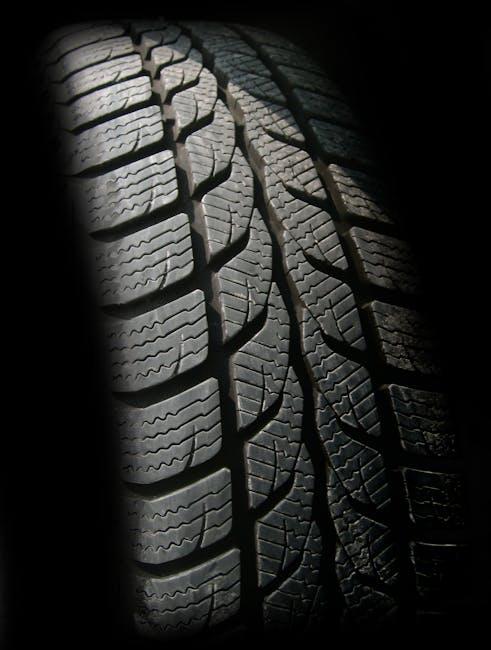
Understanding the Importance of Tire Tread Depth for Safety
Every driver should recognize how critical tire tread depth is to maintaining vehicle control and safety. The tread pattern on a tire isn’t just about aesthetics; it plays a pivotal role in channeling water away from the tire’s surface, enhancing traction especially in wet conditions. As tread wears down, tires struggle to grip the road, increasing the risk of hydroplaning and lengthening stopping distances. This degradation directly affects how well your vehicle responds to sudden maneuvers, drastically influencing overall driving safety.
Signs of diminishing tread depth include:
- Visible wear bars in the tread grooves
- Reduced grip during rainy or snowy conditions
- Increased noise or vibration while driving
To keep safety at the forefront, it’s essential to regularly monitor tread depth and replace tires that fall below recommended thresholds. The table below illustrates the tread depth’s impact on vehicle safety and performance:
| Tread Depth (32nds of an inch) | Condition | Impact on Safety |
|---|---|---|
| 8-10 | New/Excellent | Optimal traction and control |
| 4-6 | Moderate wear | Reduced wet weather performance |
| 1-3 | Severe wear | High risk of hydroplaning and skidding |

Identifying Common Signs of Worn Out Tires Before Measuring
Before you reach for a tread depth gauge, it’s essential to recognize the visual and tactile cues that signal your tires may be past their prime. Look closely at the tire surface for uneven wear patterns, such as patches worn more on one side, which can indicate alignment issues or suspension problems. Additionally, keep an eye out for cracks or bulges on the sidewalls—these can be harbingers of weakening structural integrity and potential tire failure. Feeling the tire for smooth, worn spots or noticing a significant reduction in tread texture can also give you a quick, on-the-spot assessment of tire health.
To better grasp these signs, here’s a handy checklist you can use during your visual inspection:
- Bald spots: Areas where the tread is completely worn away
- Visible belts or cords: Exposed internal tire material indicating extreme wear
- Excessive tread depth variance: Compare tread depth from center to edges
- Embedded debris: Small stones or metal lodged in grooves that can exacerbate wear
- Uneven tread wear: More wear on the inside or outside suggests misalignment
| Symptom | Possible Cause |
|---|---|
| Cracking on sidewall | Age, UV damage |
| One-sided wear | Wheel alignment issues |
| Flat spots | Braking or locked wheels |
| Uneven tread depth | Improper inflation |
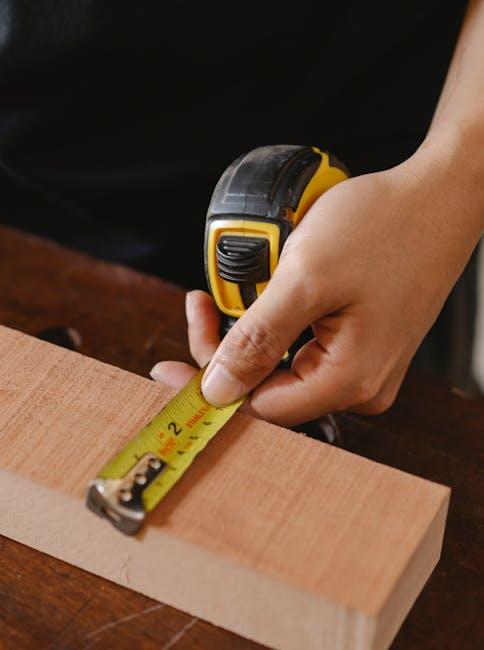
Exploring Different Tools and Methods to Measure Tread Depth
When it comes to assessing tread depth, a variety of tools offer different levels of precision and convenience. The classic tread depth gauge remains a favorite among professionals and DIYers alike; its simple probe and easy-to-read markings provide accurate, quick measurements. For those seeking a more accessible option, a quarter or penny test can be readily done without specialized equipment — simply insert the coin into the tread grooves and observe how much of the coin’s top is visible to estimate wear. Meanwhile, digital tread depth gauges bring a tech-savvy edge by offering digital readouts that can help track gradual wear over time.
Innovative methods continue to enhance how drivers monitor their tires. Certain tires now come equipped with wear indicators molded directly into the rubber, revealing when replacement is necessary by showing raised bars at critical depth points. Mobile apps also complement physical tools by enabling users to record and monitor measurements over miles traveled. Below is a quick comparison of popular tread measurement options to help you decide which best fits your style and needs:
| Tool/Method | Precision | Ease of Use | Cost |
|---|---|---|---|
| Tread Depth Gauge | High | Moderate | Low |
| Coin Test | Low | Easy | Free |
| Digital Gauge | Very High | Easy | Moderate |
| Wear Indicators | Moderate | Very Easy | Included with Tire |
| Mobile Apps | Variable | Moderate | Free to Moderate |
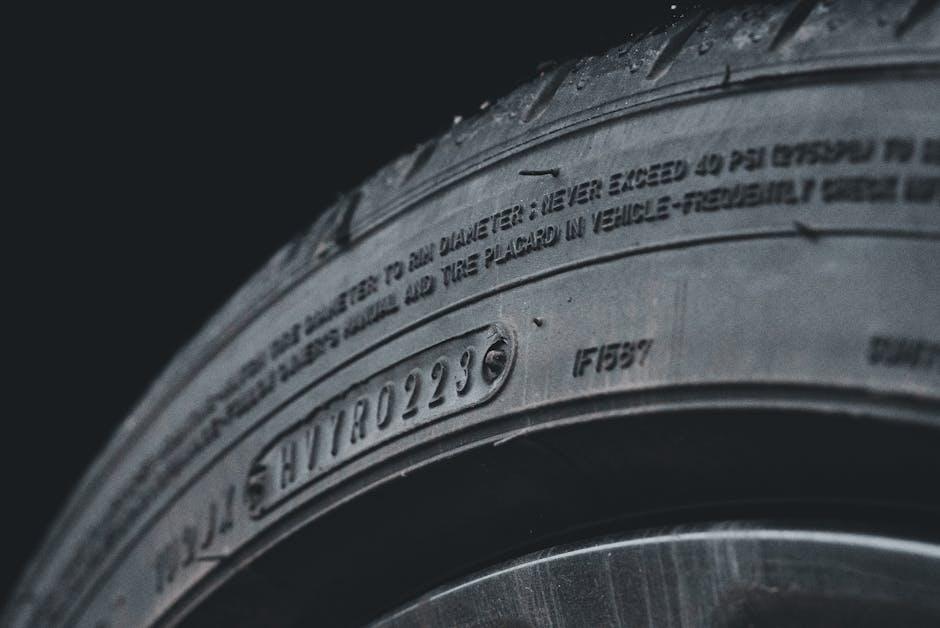
Step-by-Step Guide to Using a Tread Depth Gauge Accurately
Begin by positioning the tread depth gauge firmly into the tire groove. Ensure that the base of the gauge rests flat against the tire surface while the measuring pin slides down to touch the bottom of the tread. It’s important to hold the gauge perpendicular to the tire to avoid inaccurate readings. Take multiple measurements across different rows and sides of the tire to identify any uneven wear patterns that might indicate alignment or suspension issues.
Once you’ve taken the readings, carefully remove the gauge and observe the measurement displayed on the scale. Most gauges provide readings in both 32nds of an inch and millimeters, making it easy to interpret. Remember the legal minimum tread depth (often 2/32 inch or 1.6 mm) and use this as your reference to decide if tire replacement is necessary. Below is a quick reference table to help you understand common tread depth levels and their recommended actions:
| Tread Depth | Condition | Recommended Action |
|---|---|---|
| > 6/32 inch (5mm) | Excellent | Safe for all conditions |
| 4/32 – 6/32 inch (3-5 mm) | Good | Monitor tread closely |
| 2/32 – 4/32 inch (1.5-3 mm) | Worn | Plan for replacement soon |
| < 2/32 inch (1.5 mm) | Unsafe | Replace immediately |

Interpreting Tread Depth Measurements and When to Replace Tires
Understanding what your tread depth measurement means is essential for maintaining safe driving conditions. Typically, new tires come with a tread depth of about 10/32 to 12/32 inches. As the tread wears down, its ability to grip the road diminishes, especially in wet or slippery conditions. For instance, a tire tread depth of 4/32 inches signals that you should start planning for a replacement soon, as braking distances increase significantly beyond this point. When tread depth reaches 2/32 inches, tires are considered legally worn out in most regions and should be replaced immediately to avoid accidents.
Here’s a quick reference to help you interpret tread depth readings and decide when a new tire is necessary:
| Tread Depth (inches) | Condition | Recommended Action |
|---|---|---|
| 10/32 – 12/32 | New or almost new | No action needed |
| 6/32 – 8/32 | Good, but monitor wear | Keep checking regularly |
| 4/32 | Worn, caution advised | Start planning replacement |
| 2/32 and below | Unsafe, legally worn out | Replace immediately |
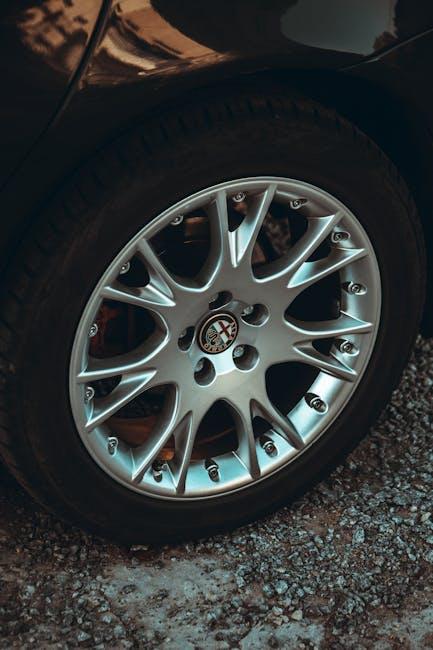
Tips for Maintaining Optimal Tread Depth to Extend Tire Life
To keep your tires performing at their best, regular inspection is key. Make it a habit to check tread depth every few weeks using simple tools like a tread depth gauge or even a penny test. Proper inflation plays a crucial role as well; underinflation speeds up uneven wear, while overinflation reduces the tire’s contact patch, compromising grip. Additionally, rotating your tires every 6,000 to 8,000 miles promotes uniform tread wear, helping you get the most mileage out of your investment.
Beyond routine checks, adopting these maintenance habits can significantly extend tire life and enhance safety:
- Balance and alignment: Misalignment not only affects handling but also erodes tread unevenly over time.
- Avoid harsh driving: Rapid acceleration, hard braking, and sharp turns place extra stress on tires.
- Store tires properly: Keep unused tires in a cool, dry place away from direct sunlight and chemicals.
| Maintenance Tip | Recommended Frequency |
|---|---|
| Check tread depth | Every 3,000 miles |
| Rotate tires | Every 6,000 – 8,000 miles |
| Balance and alignment | Annually or as needed |
| Inspect tire pressure | Monthly |
Q&A
Q&A: How to Check Tire Tread Depth
Q1: Why is checking tire tread depth important?
A1: Tire tread depth directly affects your vehicle’s grip on the road, especially in wet or slippery conditions. Shallow tread reduces traction, increasing the risk of hydroplaning and accidents. Checking it regularly keeps you safe and ensures your tires perform optimally.
Q2: What tools can I use to measure tread depth?
A2: The most common tools are a tread depth gauge, a penny, or a quarter. A tread depth gauge provides the most precise measurement, while coins offer a quick, easy method to estimate if your tread is still sufficient.
Q3: How do I use a penny to check tread depth?
A3: Insert a penny into your tire’s tread groove with Lincoln’s head facing down. If the top of Lincoln’s head is visible, your tread depth is less than 2/32 inch, indicating it’s time to replace the tire.
Q4: Is there a minimum tread depth I should look out for?
A4: Yes, most safety experts recommend replacing tires when the tread depth reaches 2/32 inch. Some suggest considering replacement at 4/32 inch for better wet-weather safety.
Q5: How often should I check my tire tread depth?
A5: Aim to check your tread depth at least once a month and before long trips. Regular checks help you spot uneven wear or damages early, maintaining tire health and safety.
Q6: What if my tread depth is uneven across the tire?
A6: Uneven tread wear might indicate alignment problems, improper inflation, or suspension issues. Have a professional inspect your tires and vehicle to prevent accelerated wear and maintain driving safety.
Q7: Can I rely solely on tread depth to determine if a tire is safe?
A7: While tread depth is crucial, also examine for cracks, bulges, or embedded objects. Age and overall tire condition matter, so a holistic inspection complements tread depth checks.
Q8: Any quick tips to remember when checking tread depth?
A8: Always measure multiple spots around each tire because tread can wear unevenly. Clean the tread grooves to get an accurate reading and keep a gauge handy in your glove box for convenience.
Checking your tire tread depth is a simple yet powerful way to prioritize safety on every journey. Happy driving!
Wrapping Up
Keeping an eye on your tire tread depth might seem like a small detail, but it plays a crucial role in your safety and vehicle performance. By regularly checking and maintaining adequate tread, you ensure better traction, improved handling, and greater peace of mind on every journey. So, next time you’re gearing up for a drive, take a moment to measure those treads—it’s a simple habit that keeps you rolling smoothly, mile after mile.

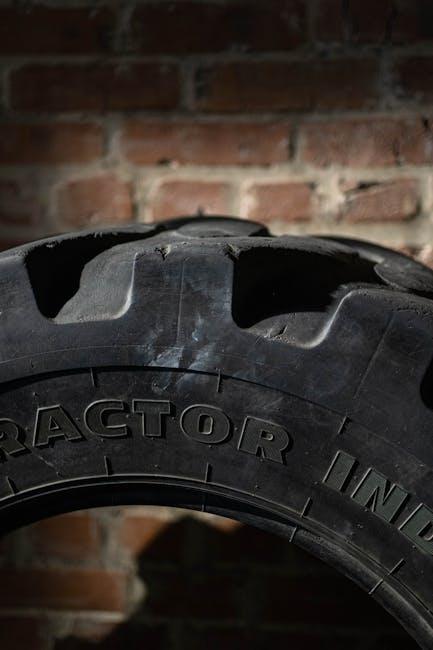
5 Comments
e61uc3
e61uc3
8gq7pu
2adaq7
9y4bdq